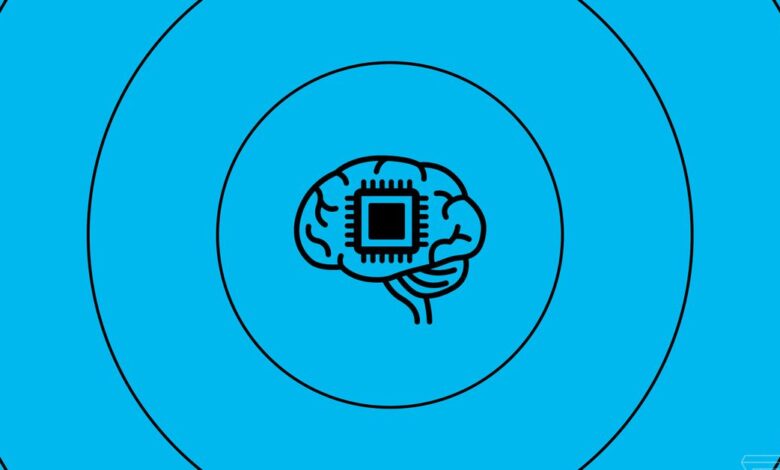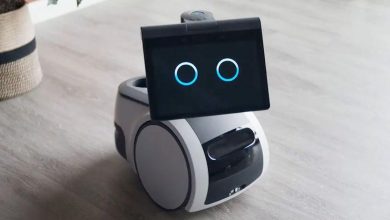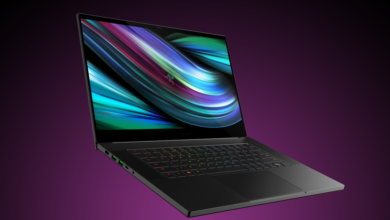Go read this story about a mood decoder developed by neuroscientists that can measure depression

Whenever I see news about deep brain stimulation, I perk up. The procedure — which involves implanting electrodes deep into the brain to deliver regular pulses of electricity — is used to treat people like my mom with movement disorders like Parkinson’s disease or epilepsy. Researchers are also exploring whether it can be used to treat depression, but results on that front have been decidedly mixed.
That’s one reason that this story published by MIT Technology Review caught my eye. Neuroscientists have discovered a “mood decoder” — a way to measure a person’s moods by simply looking at their brain activity for the first time — that could improve deep brain stimulation for depression. The research was recently presented at the Society for Neuroscience’s annual meeting.
Unlike Parkinson’s, depression is something we still don’t fully understand from a purely neurological perspective. It’s difficult to figure out which brain regions are associated with depression, given there are so many symptoms, and thus a challenge to figure out what exactly to stimulate.
After analyzing the brain recordings of three of five volunteers, neuroscientists discovered that a region of the brain called the cingulate cortex fired one way when a patient was feeling better and the opposite way when they were feeling low. The pattern was the same across all three of the volunteers.
In other words, they could actually see where some of the depressive symptoms originated in an area common to all three people.
“This is the first demonstration of successful and consistent mood decoding of humans in these brain regions,” said Sameer Sheth, who is leading the trial and is a neurosurgeon based at Baylor College of Medicine.
Of course, like many depression treatments, what works for one person doesn’t always work for others. DBS and the trial itself clearly have several drawbacks. For one thing, it’s a huge leap to conclude it’ll work for the millions who suffer from depression when you’ve just studied a few people. That’s something the neuroscientists are aware of, though — in fact, they don’t even intend to replicate the procedure on more than just a couple of people. Rather, Sheth and his team are trying to find patterns they can use to make DBS more effective. To that end, they’ve since implanted electrodes in four other people with severe depression and now plan to study twelve altogether.
For another, as you can imagine, getting a hole drilled into your head, probing, and then sending electricity to various parts of your brain is, well, obviously very risky. It’s expensive, too, and can cost, on average, $22,802.
But it’s a good baby step forward. Sheth and his team are already starting to find a few trends that could be helpful in improving DBS and understanding depression. And just as important, to me at least, their work moves us one step further to destigmatizing a condition many still believe is all “in one’s head” — which technically it is, but now there might just be a way for us to see it.
Source link






